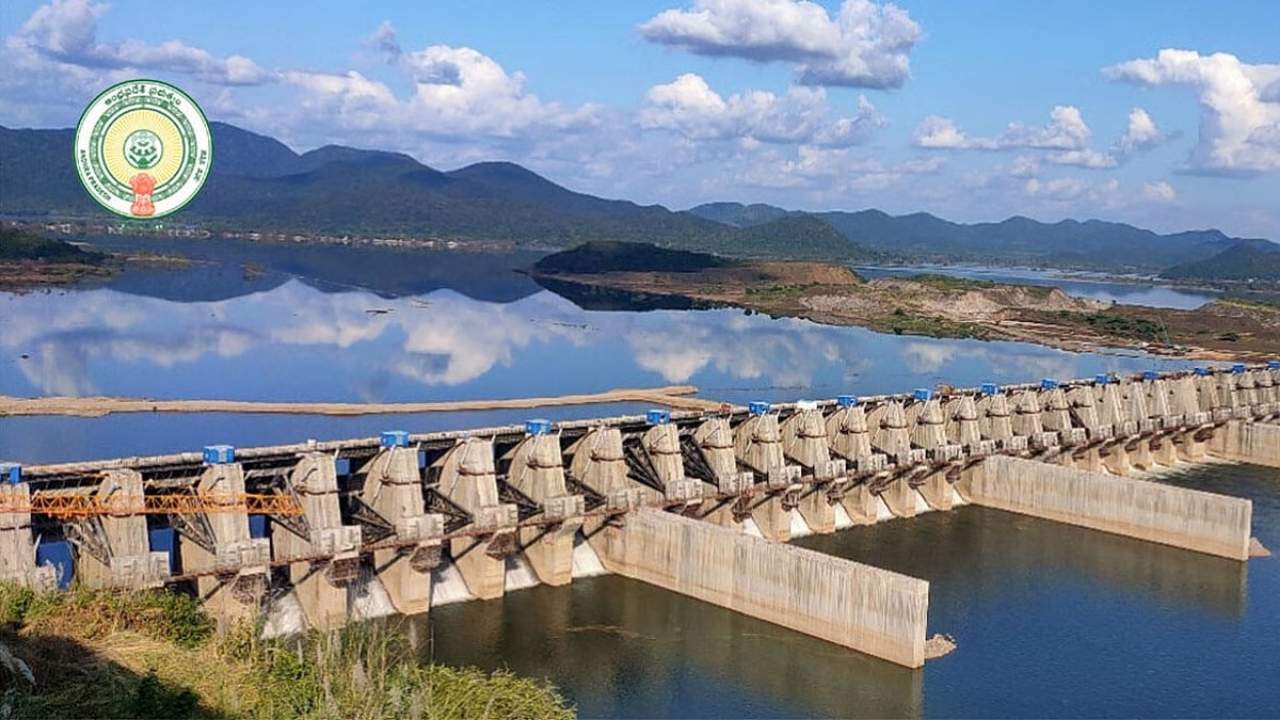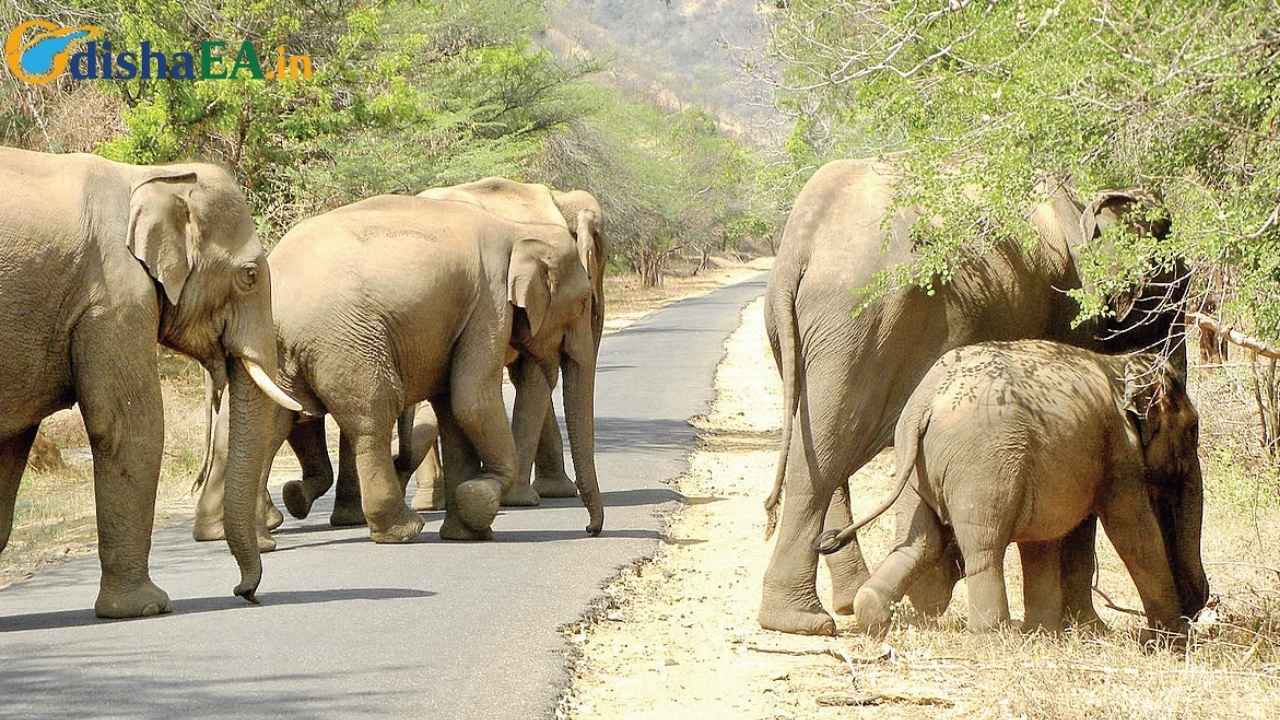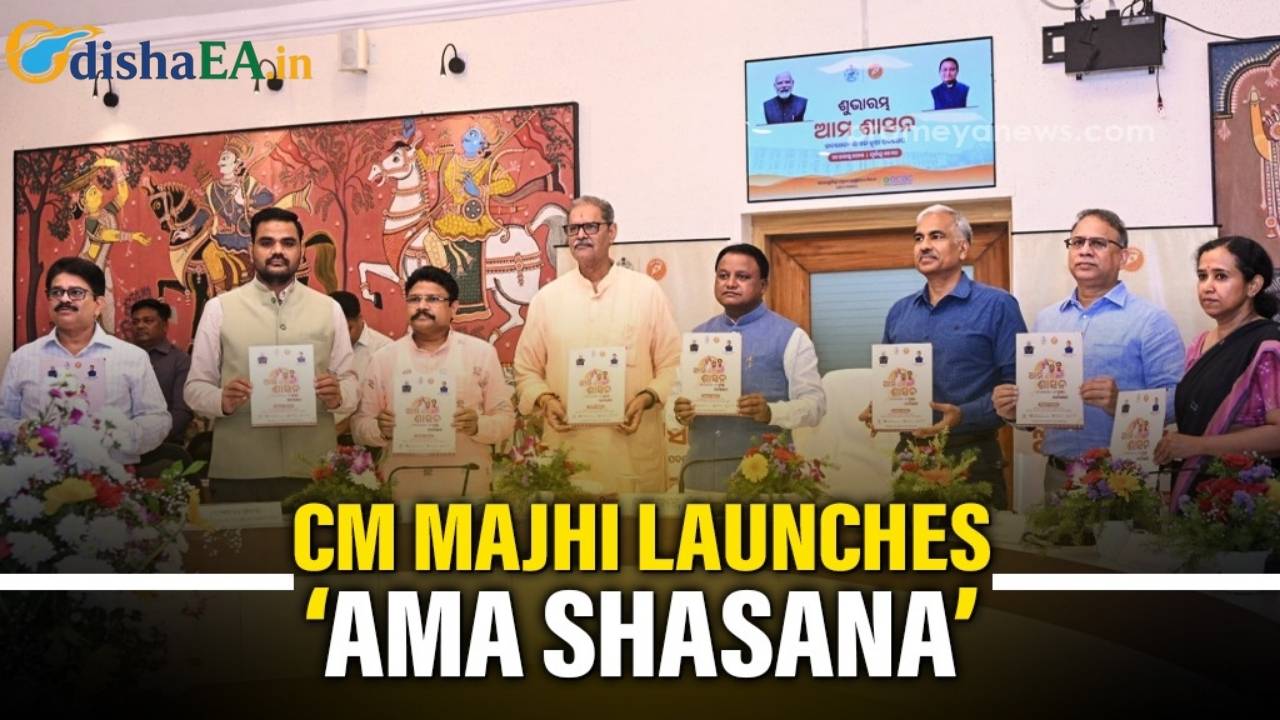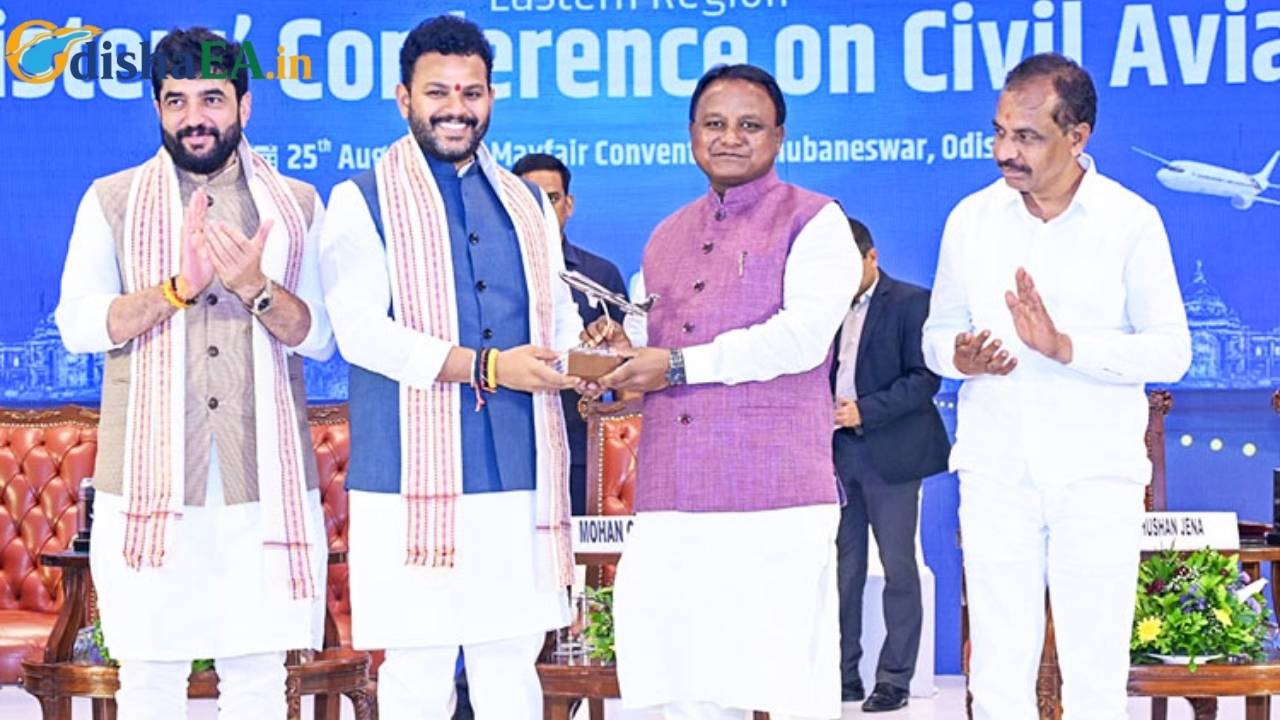When you hear the words “Malkangiri Faces Submersion Nightmare: Odisha Sounds Alarm Over Polavaram Project”, it might sound like a headline from a disaster movie. But this isn’t Hollywood—it’s real life for thousands of tribal families in the eastern Indian state of Odisha. The controversy centers around the massive Polavaram multipurpose irrigation project on the Godavari River in neighboring Andhra Pradesh.
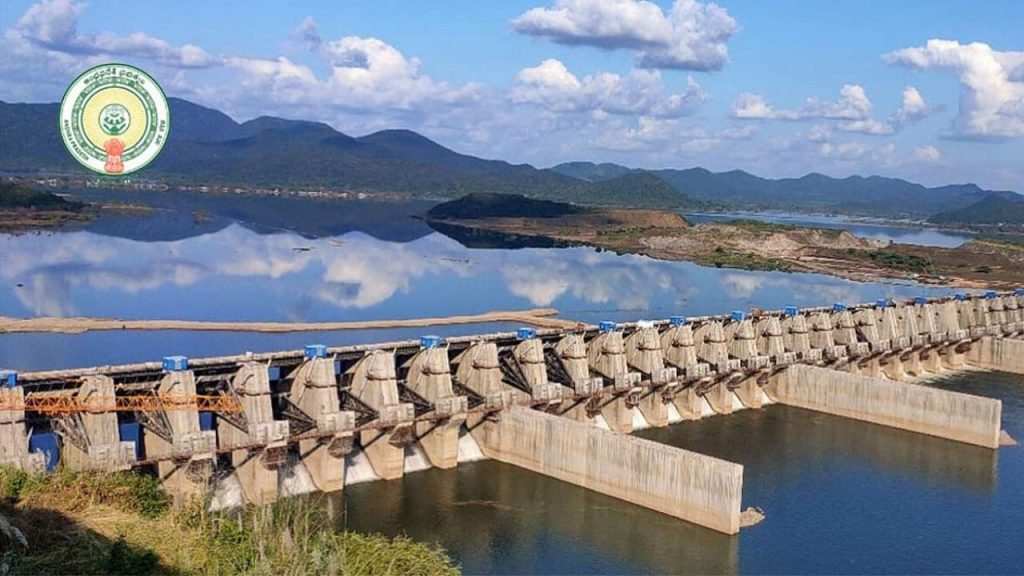
For locals, this isn’t just about politics or policy—it’s about their homes, farmlands, and entire way of life. The project promises water supply and power for Andhra Pradesh, but for Odisha’s Malkangiri district, it could mean massive submergence of villages, loss of farmland, and displacement of thousands of tribal residents.
Malkangiri Faces Submersion Nightmare
| Topic | Key Insights |
|---|---|
| Affected Areas | 162–236 villages in Odisha’s Malkangiri district may face submergence due to backwater flooding. Indian Express |
| Population Impact | Over 6,000 tribal residents could be displaced, losing ancestral lands and cultural roots. |
| Technical Disputes | Discharge capacity raised from 36 lakh to 50 lakh cusecs without consultation with Odisha or Chhattisgarh. New Indian Express |
| Govt Response | Union Ministry proposes protective embankments along Sabari and Sileru rivers. |
| Central Mediation | PM Narendra Modi held a meeting with CMs of 4 states to resolve disputes. |
The story of “Malkangiri Faces Submersion Nightmare: Odisha Sounds Alarm Over Polavaram Project” isn’t just about rivers and dams—it’s about people. It highlights the clash between development goals and human costs, between state interests and federal oversight.
For Odisha’s tribal families, this is more than a policy debate—it’s their survival, culture, and future. And while embankments and political talks may offer temporary relief, the real solution lies in inclusive planning, transparent studies, and fair rehabilitation.
Until then, Malkangiri’s nightmare remains very real.
What’s the Polavaram Project, Anyway?
Think of the Polavaram project as a massive multi-tool, kind of like a Swiss Army knife, but for water. It’s designed to:
- Provide irrigation to millions of acres in Andhra Pradesh.
- Supply drinking water to several towns and cities.
- Generate hydroelectric power.
- Help manage floods in the Godavari basin.
On paper, it’s a development dream. But like any huge project, it comes with serious trade-offs—and Odisha is raising the red flag.

Why Odisha Is Sounding the Alarm
Here’s the kicker: when Andhra Pradesh revised the design of Polavaram, the flood discharge capacity was bumped up from 36 lakh cusecs to 50 lakh cusecs. That’s like upgrading from a garden hose to a fire hydrant without telling your neighbors.
Odisha claims:
- No Consultation: The change was made without consulting other states, even though it directly impacts them.
- No Fresh Study: No new backwater impact study was done, meaning no one knows the full extent of how villages in Odisha and Chhattisgarh will be affected.
- Violation of Rules: This goes against the Godavari Water Dispute Tribunal (GWDT) guidelines, which require mutual consultation and approval.
So, in plain English: Odisha’s worried it’s about to get flooded, literally, because someone else made changes without asking.
Who’s Affected? The Tribal Heartland
Malkangiri isn’t just a dot on the map—it’s home to rich tribal cultures and communities that have lived off the land for centuries.
- Number of Villages at Risk: Anywhere between 162 and 236 villages may go under.
- Families Displaced: More than 6,000 tribal residents face displacement.
- Way of Life Threatened: These aren’t just houses—they’re ancestral lands, sacred groves, and farmlands where generations have lived and farmed.
Imagine if your entire neighborhood, school, and local park were suddenly declared uninhabitable—that’s the scale of the problem.
Political Firestorm
This isn’t just about water—it’s about power, both electrical and political.
- In the Odisha Assembly, both BJD (Biju Janata Dal) and Congress members have demanded debates, with shouting matches and walkouts making headlines.
- For Andhra Pradesh, Polavaram is a “lifeline project”—but for Odisha, it’s being seen as an existential threat.
- At the national level, Prime Minister Narendra Modi himself stepped in, holding a high-level meeting on May 28 with the Chief Ministers of Andhra Pradesh, Telangana, Odisha, and Chhattisgarh.
This shows just how big and complex the issue really is.
What’s Being Done?
The Union Ministry of Jal Shakti has suggested building protective embankments along the Sabari and Sileru rivers. The idea? Stop backwater flooding before it spills into Odisha and Chhattisgarh.
But experts point out that embankments are like band-aids on a deep cut—they may hold for now, but they don’t solve the underlying problem. Without a fresh environmental impact assessment and fair rehabilitation package, Odisha fears the damage will be irreversible.
Practical Takeaways for Readers
Even if you’re sitting in Ohio or Oklahoma, there are lessons here for everyone:
- Big Projects Need Big Conversations
— Whether it’s a dam in India or a pipeline in the U.S., ignoring local communities creates backlash and mistrust. - Environmental Impact Studies Matter
— Think of them as test drives. You wouldn’t buy a car without checking if it works, right? Same with massive infrastructure projects. - Balance Development with Justice
— Progress is great, but not at the cost of wiping out entire communities.
Detailed Project Report Ready for Cuttack’s Elevated Corridor; Construction Set to Begin Soon
NGT Slams Odisha Pollution Board for Allegedly Granting Illegal Approval to Rengali Project
FAQs
Q1: Why is Malkangiri at risk of submersion?
Because the Polavaram project’s backwater spread could flood low-lying areas of Malkangiri, especially after the discharge capacity was increased.
Q2: How many villages are expected to be submerged?
Estimates range from 162 to 236 villages, depending on rainfall, river discharge, and design assumptions.
Q3: What is Odisha demanding?
Fresh backwater studies, adherence to GWDT rules, protective measures like embankments, and a fair rehabilitation package for displaced families.
Q4: What does the Central Government say?
The Union Ministry of Jal Shakti has proposed embankments, while the Prime Minister is pushing for inter-state consensus.
Q5: How does this affect India overall?
It’s a reminder of the delicate balance between development and displacement—an issue not unique to Odisha, but relevant worldwide.

